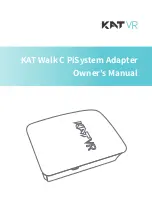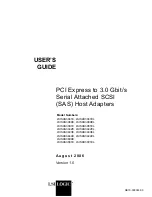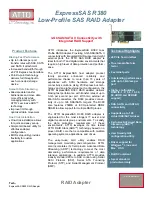
Intelligent Technologies Modbus to QCPort Adapter Manual
January 2006
MN05002002E (C)
For more information visit
www.eatonelectrical.com
Page 36
Register 2336 – 2339 Fault Bit Array Channel B
Reading these 4 registers will provide feedback as to the state of the devices on QCPort
Channel B, one bit for each device on the system. If the system only has 18 devices on
Channel B, for example, only registers 2320 and 2321 need to be read. The location of
the bit with in the register correlates to the location of the device in the scan list. For
example, QCPort device ID 4 may be the 3
rd
device in the scan list if the addresses on
that Channel are 2, 3 and 4.
Table 33 Fault Bit Array Channel B
Notice
Any time a device in the fault bit array is faulted bit 0 will be true. A device may be
faulted because it has been removed from the system and no longer communicates to
the network adapter.
IO Register Mapping
Sample Modbus IO Register Mapping
When an auto configuration is completed, the device data will be located in concurrent
registers within the input and output ranges of the IO holding register table. The device
data will start with the first device (lowest ID) and finish at the last device with all the IO
data one right after another.
Input registers start at holding register 0001 and end at 1024 where register 0001 is
reserved for QCPort channel status.
Output registers start at holding register 1025 and end at 2048 where register 1025 is
reserved for QCPort channel control.
Following are some very simple rules that govern how the IO data registers are
constructed:
•
All device parameters will be located in a unique register.
•
An 8 bit parameter will be in single 16 bit register (occupying the lower byte).
•
A 16 bit parameter will bit in a single 16 bit register.
•
A 32 bit parameter will use two concurrent registers.
15
14
13
3 2 1 0
Device
15
Device
14
Device
13
Device
3
Device
2
Device
1
Faulted
Device
















































